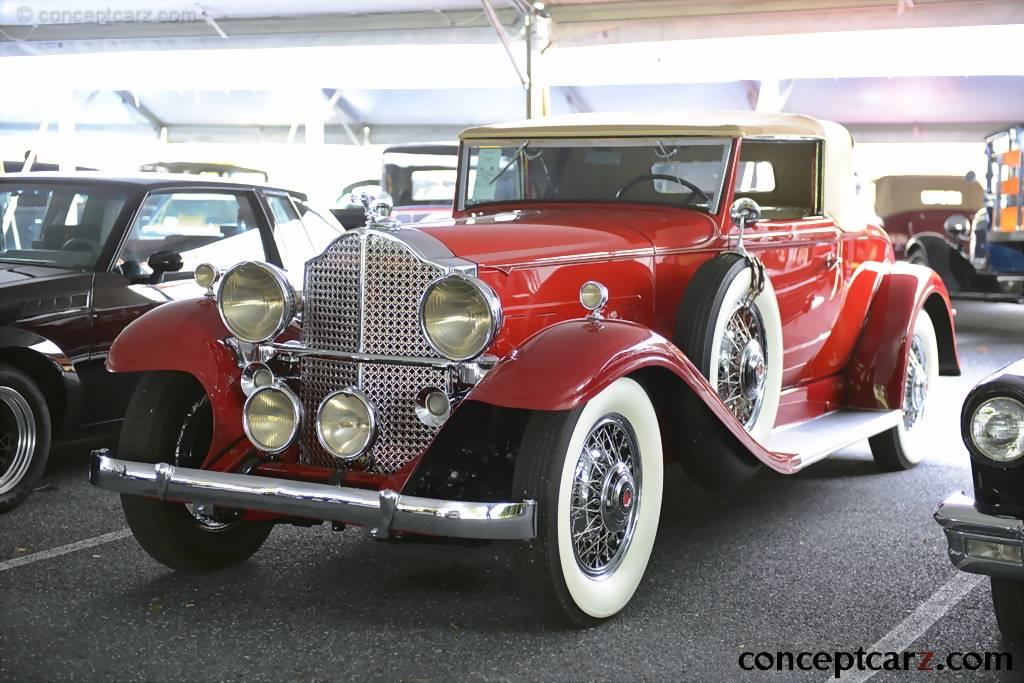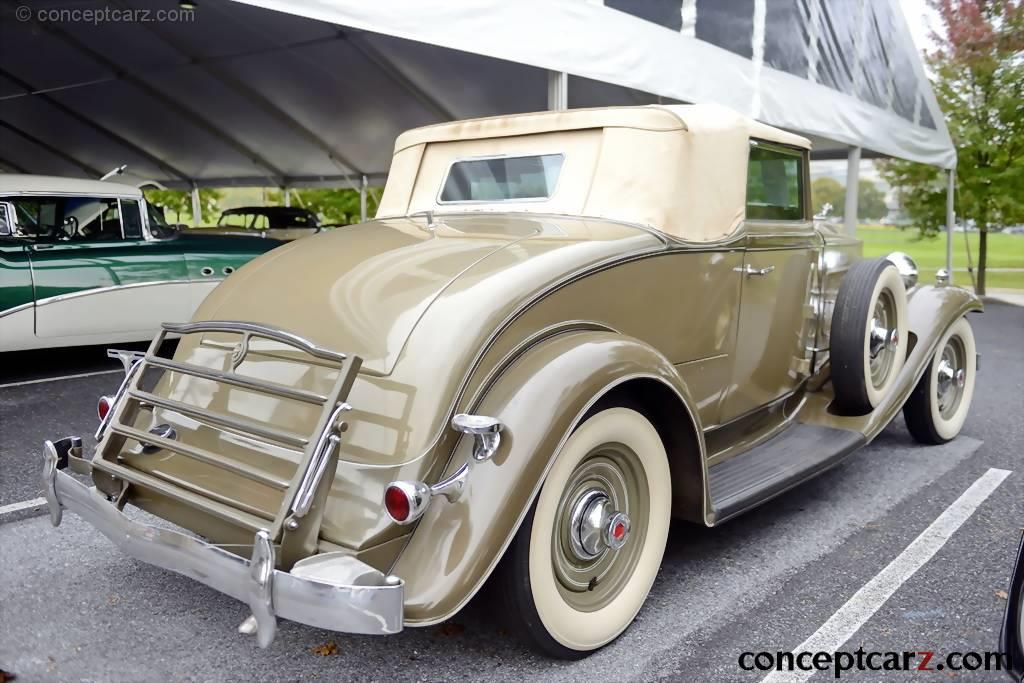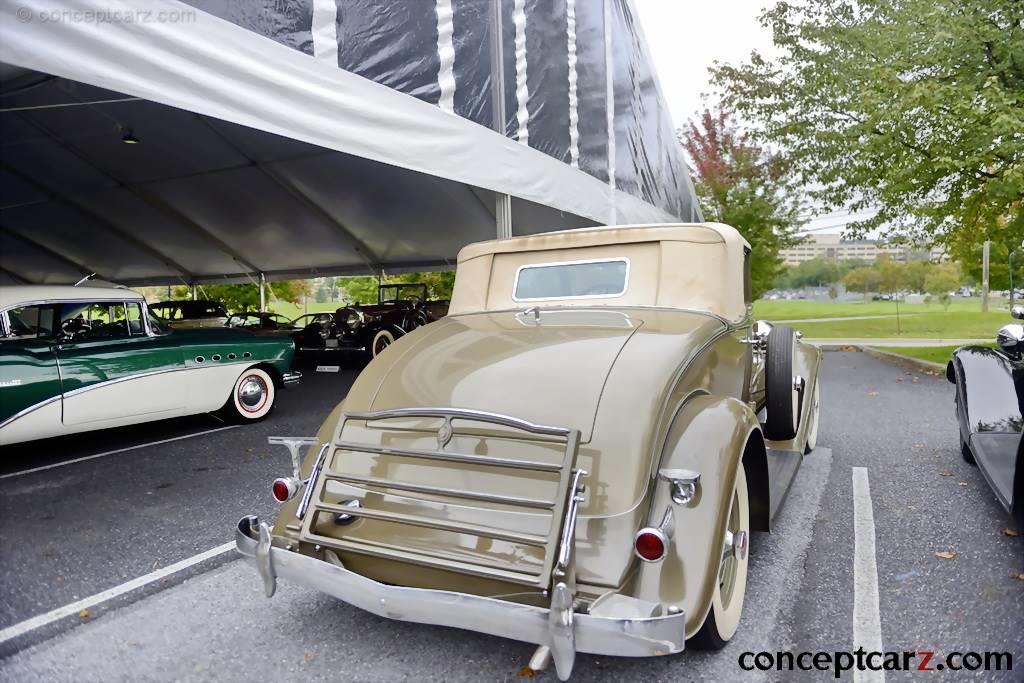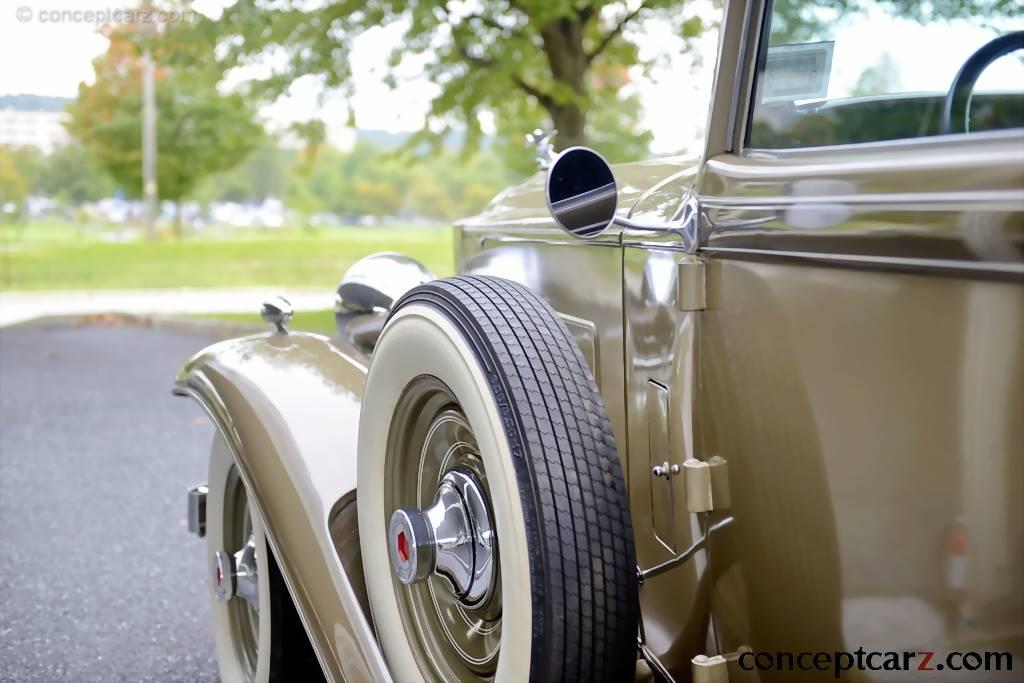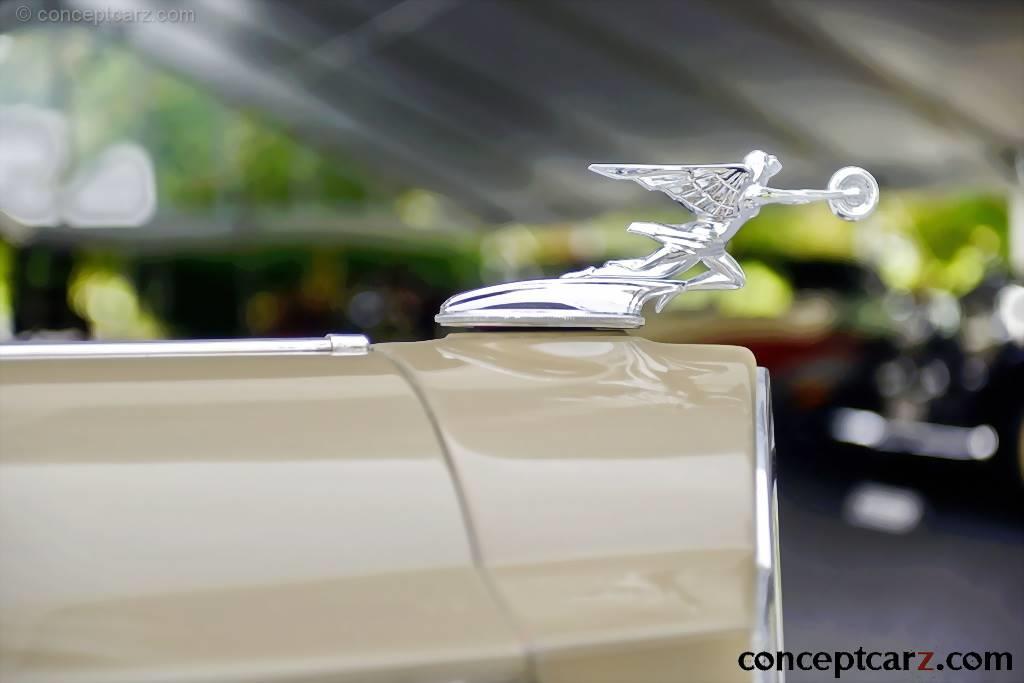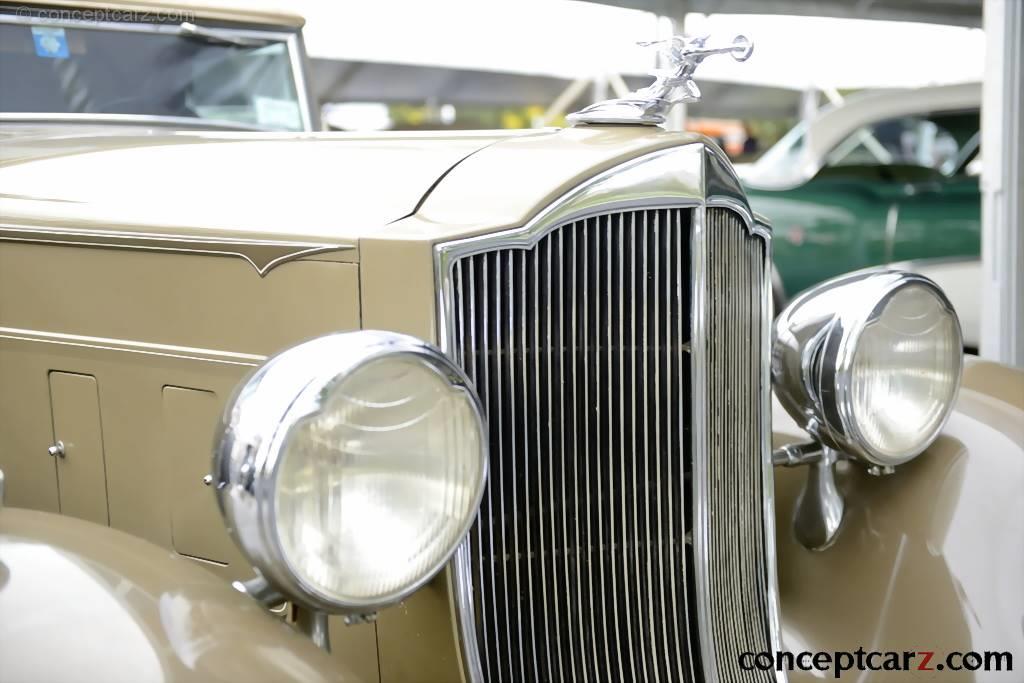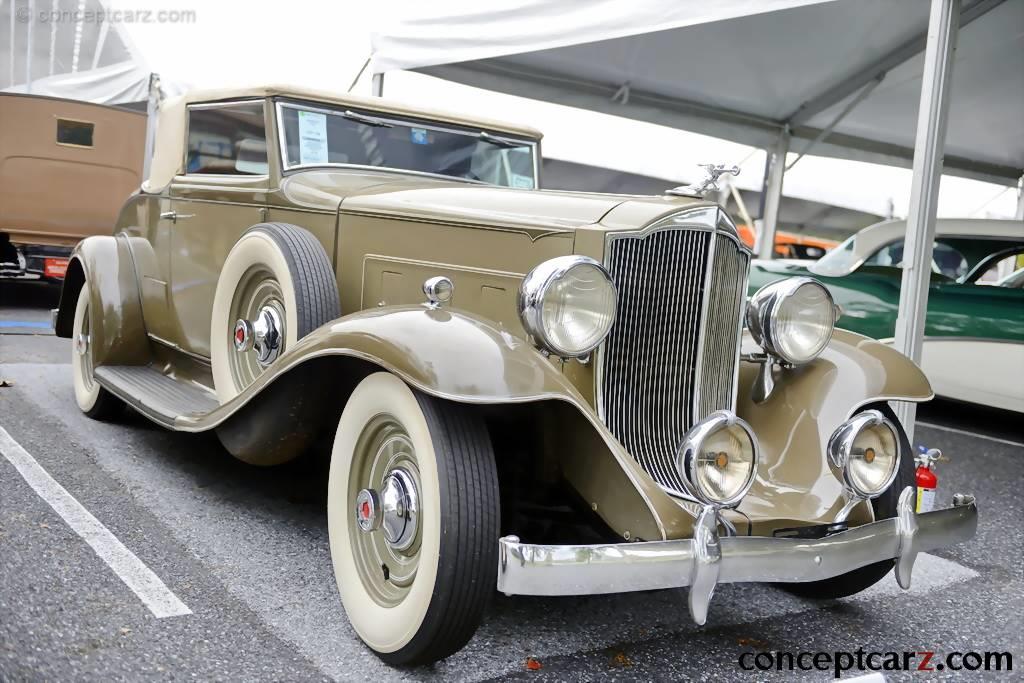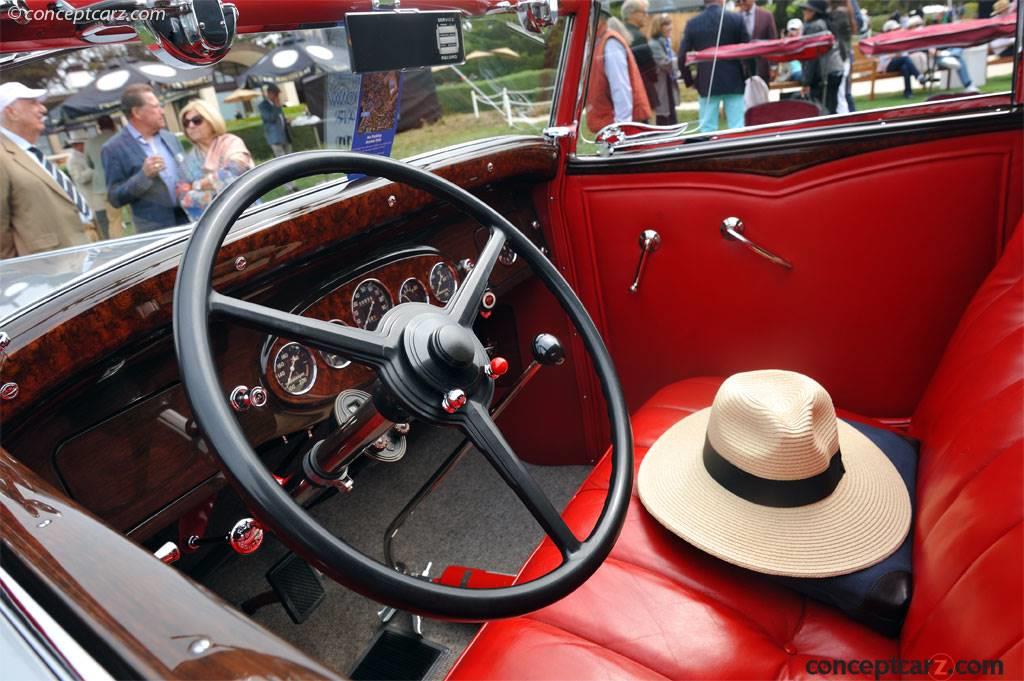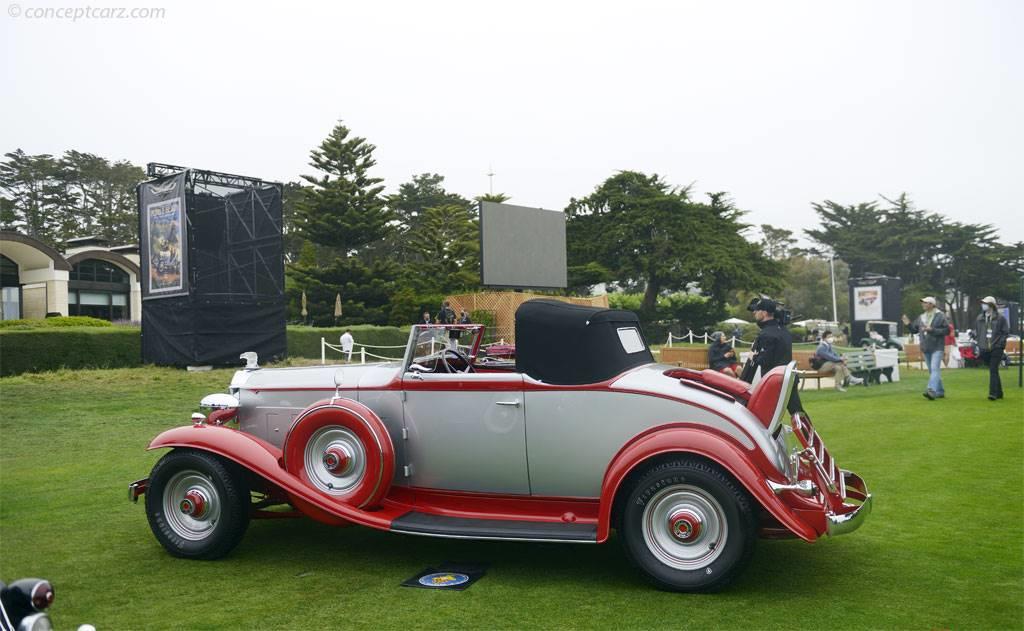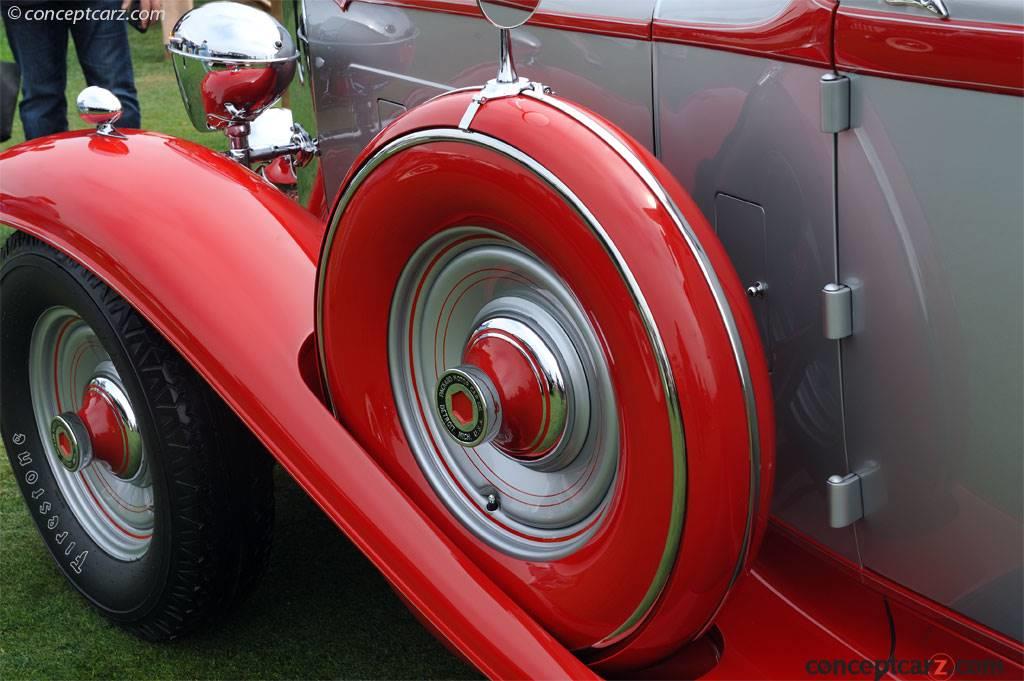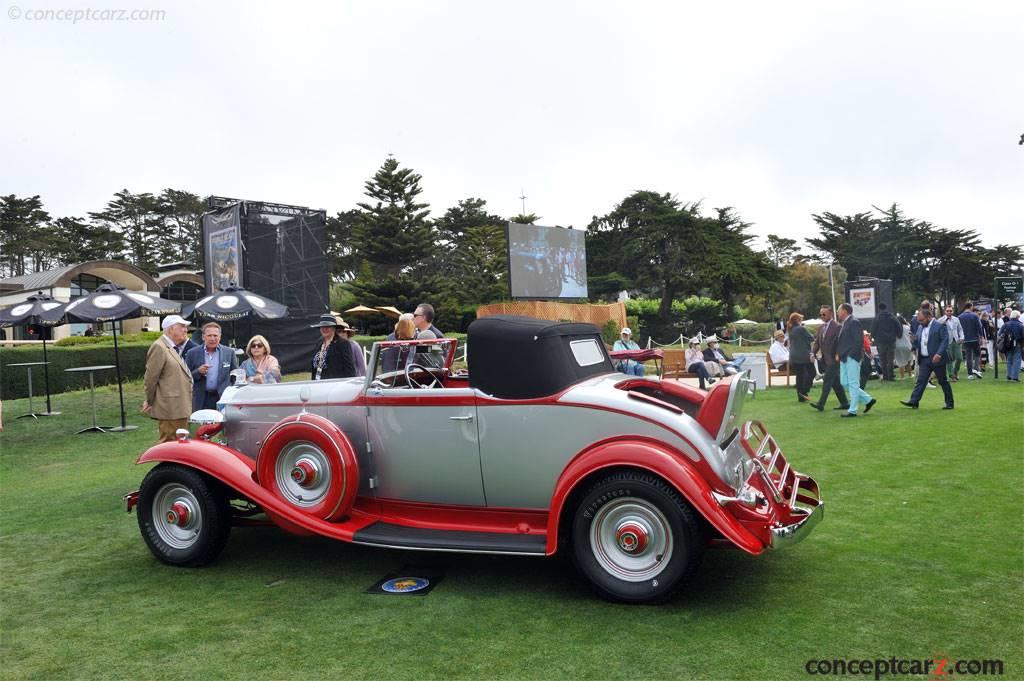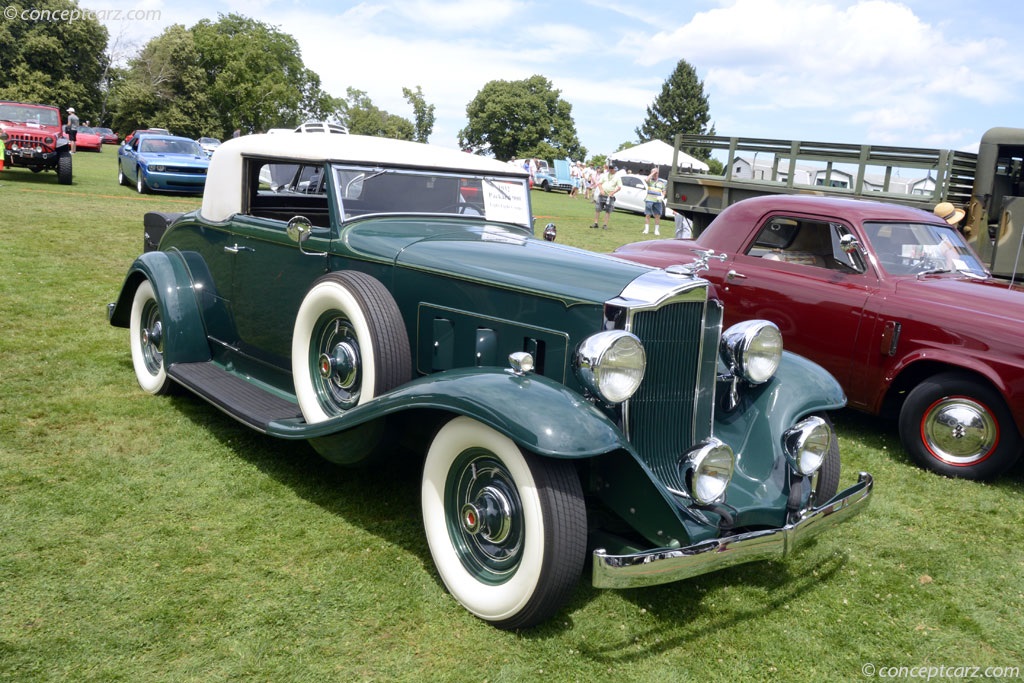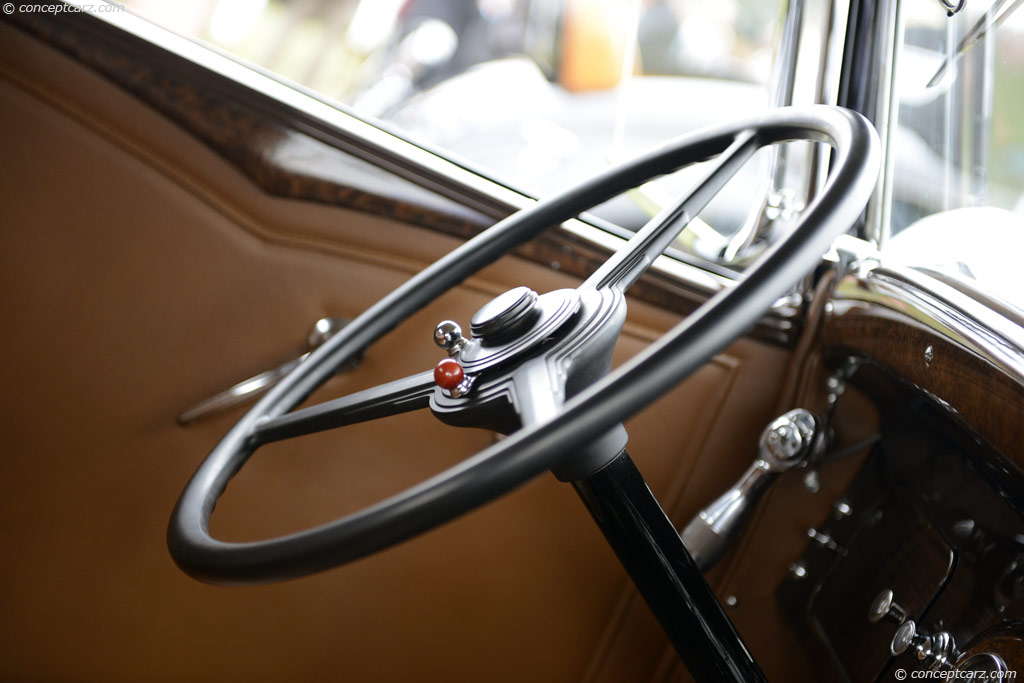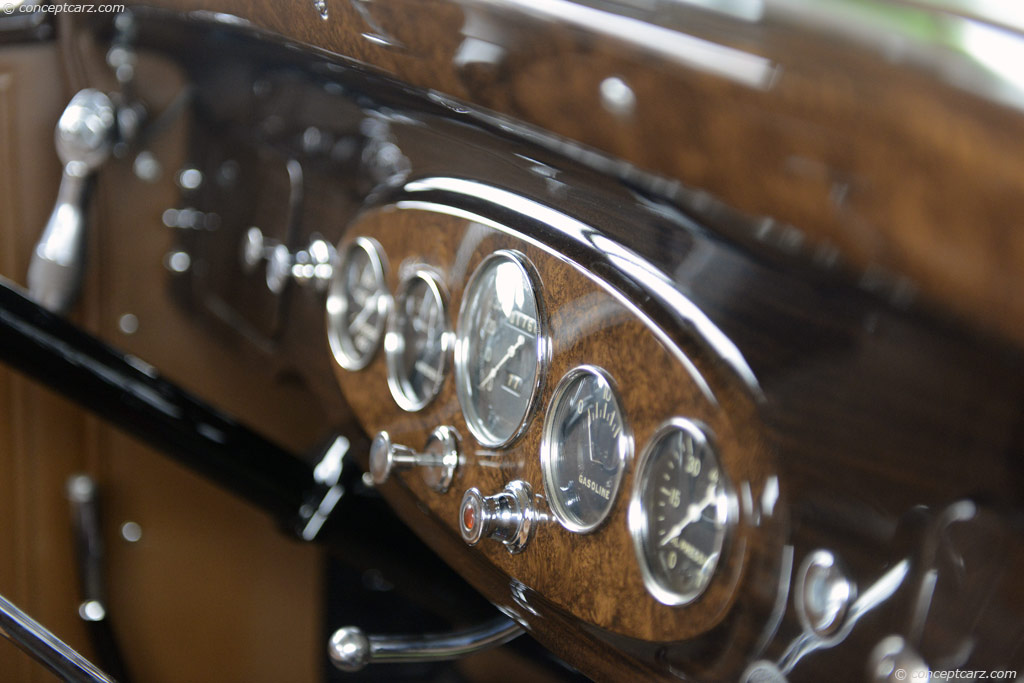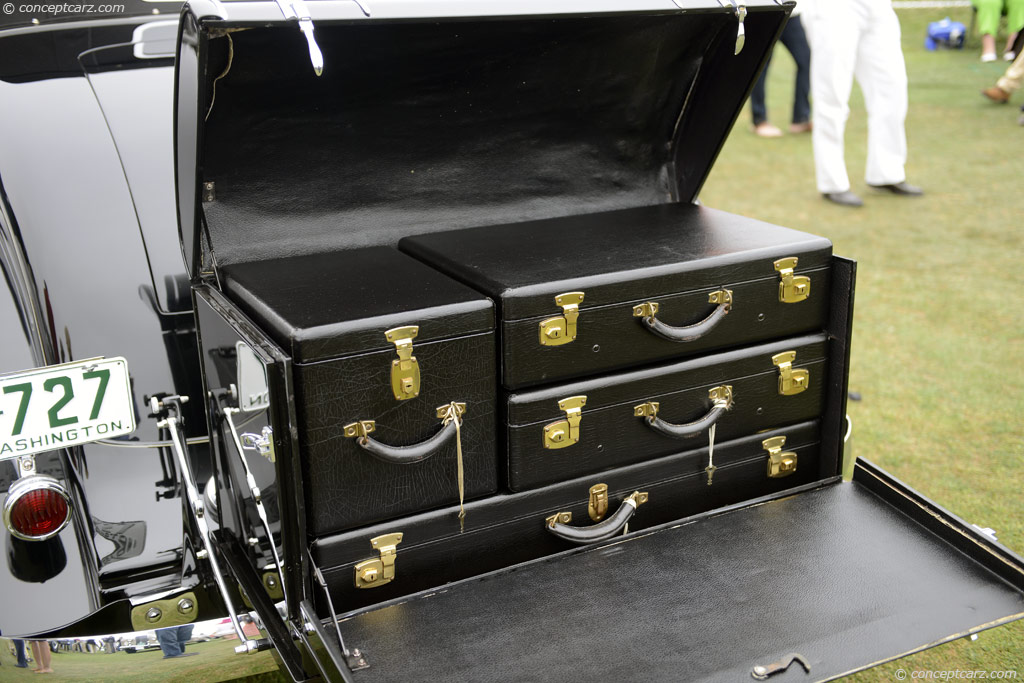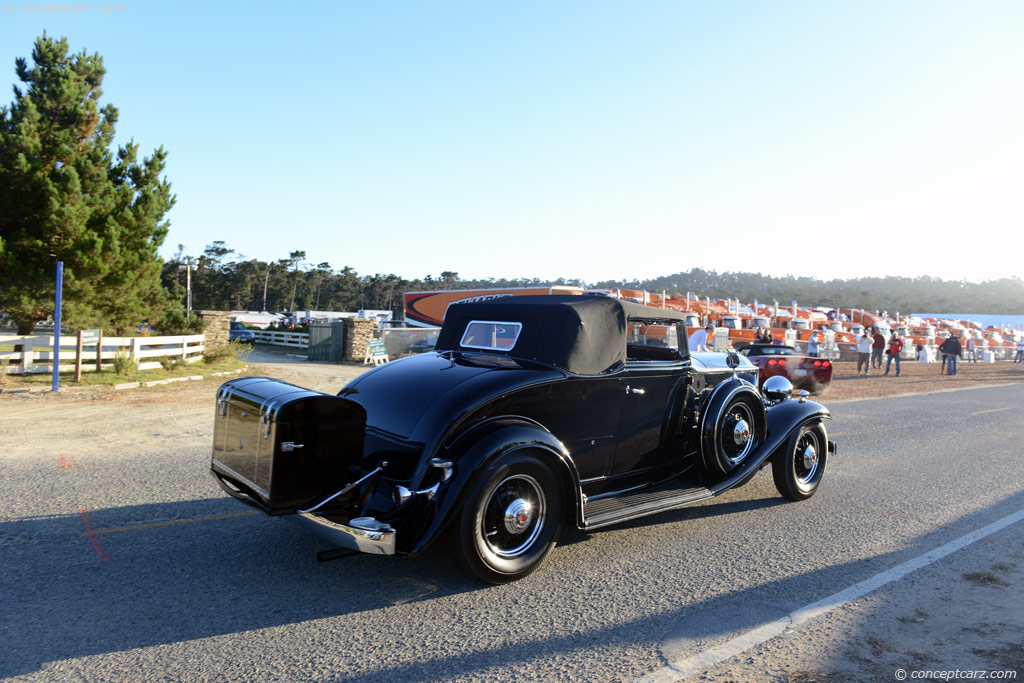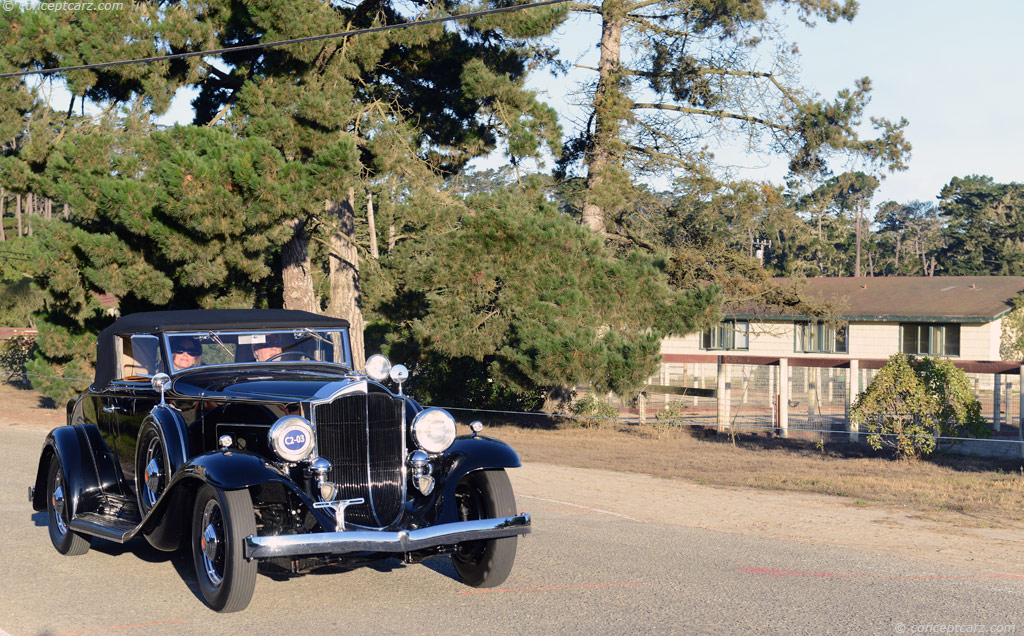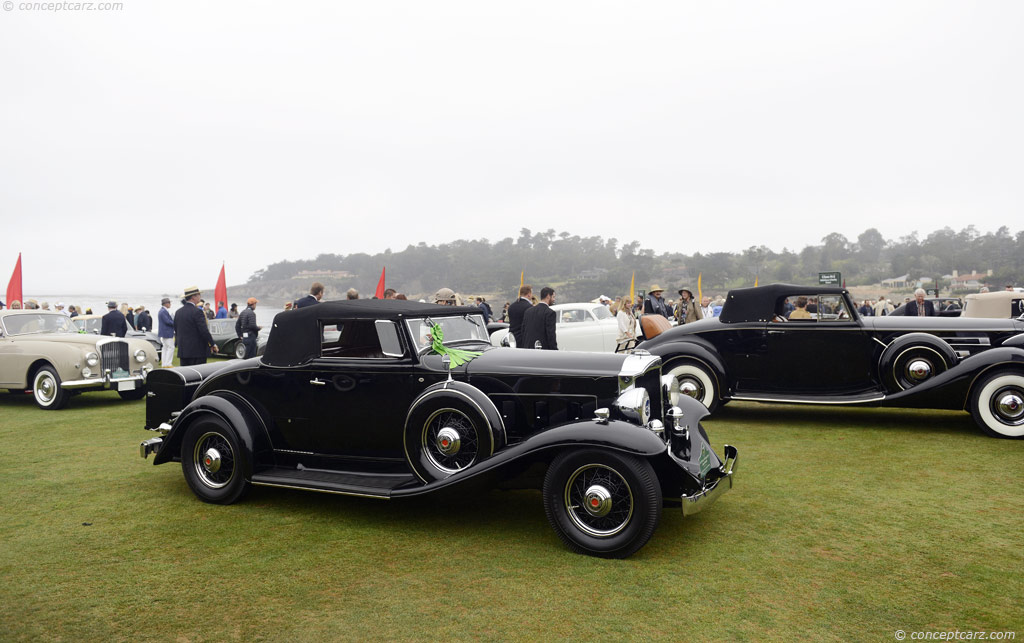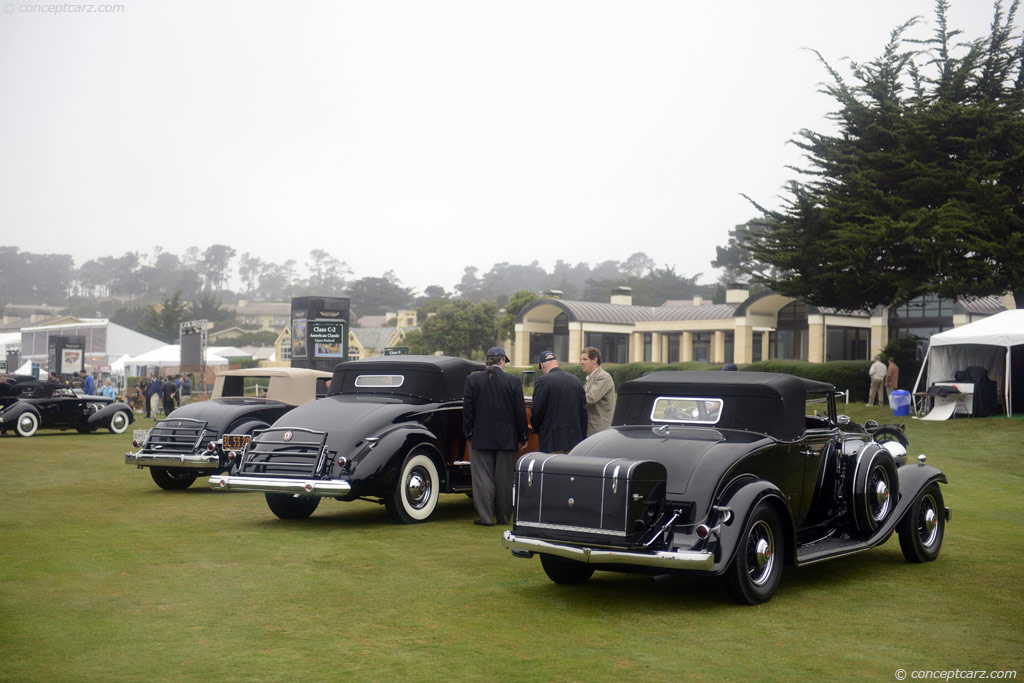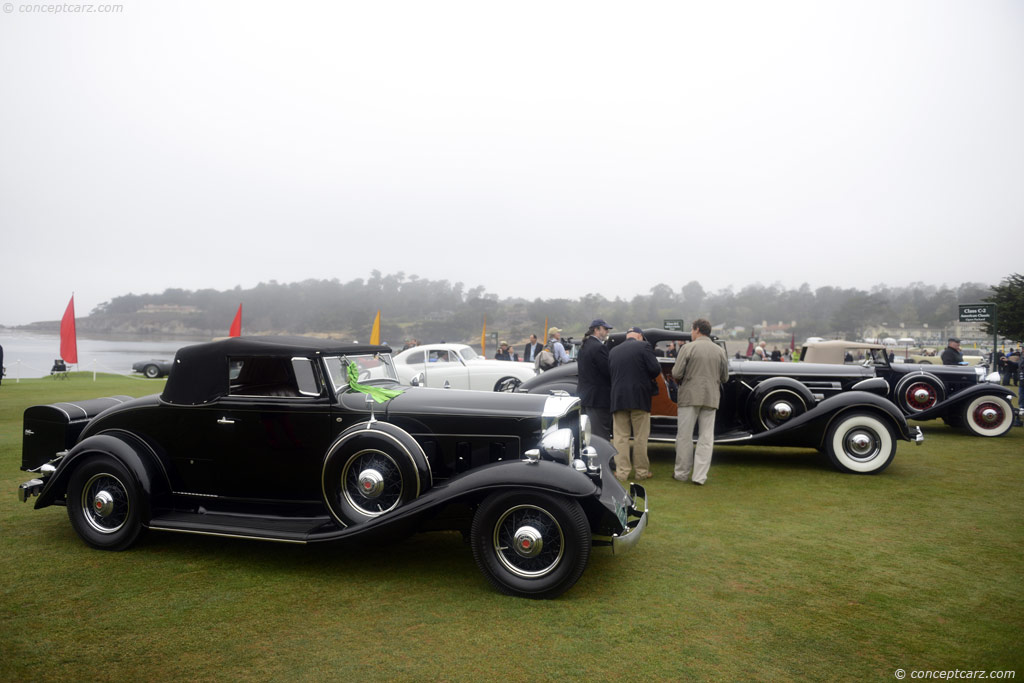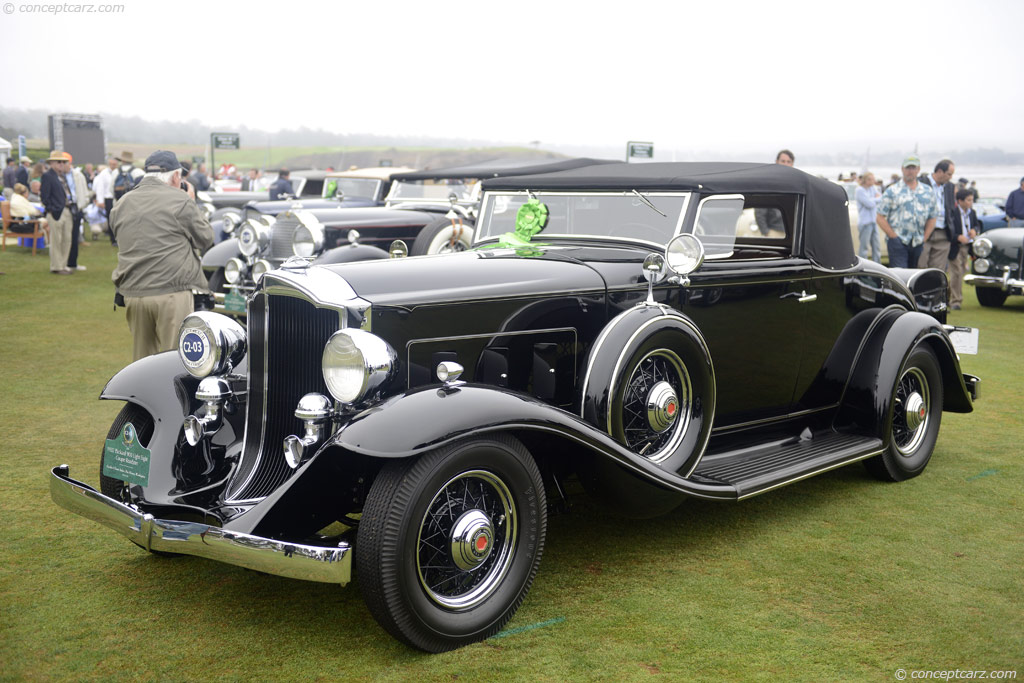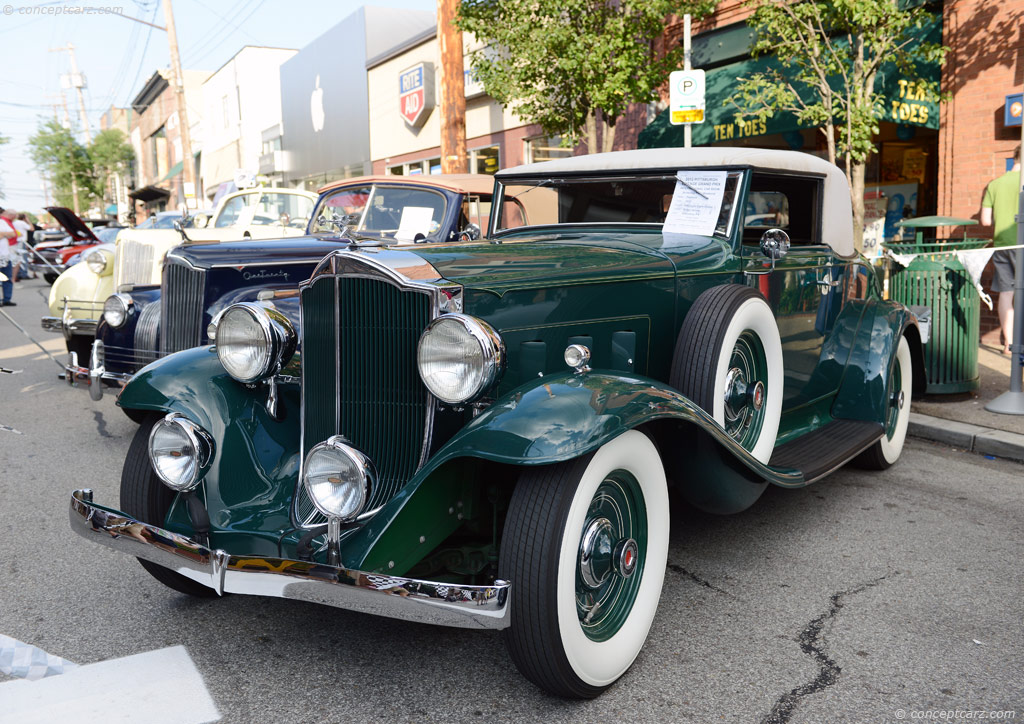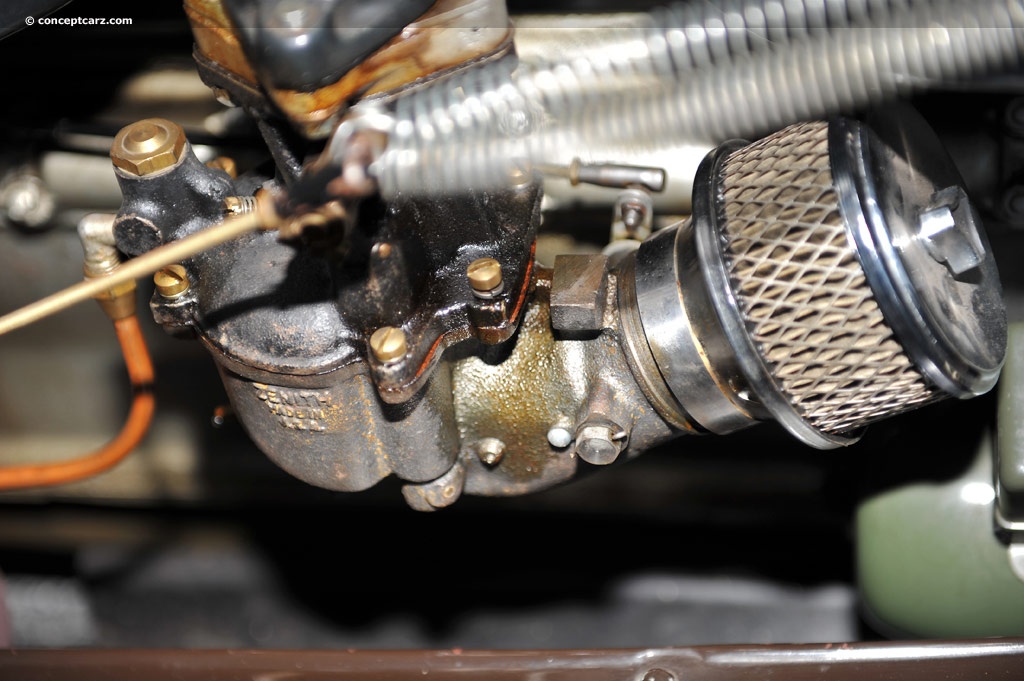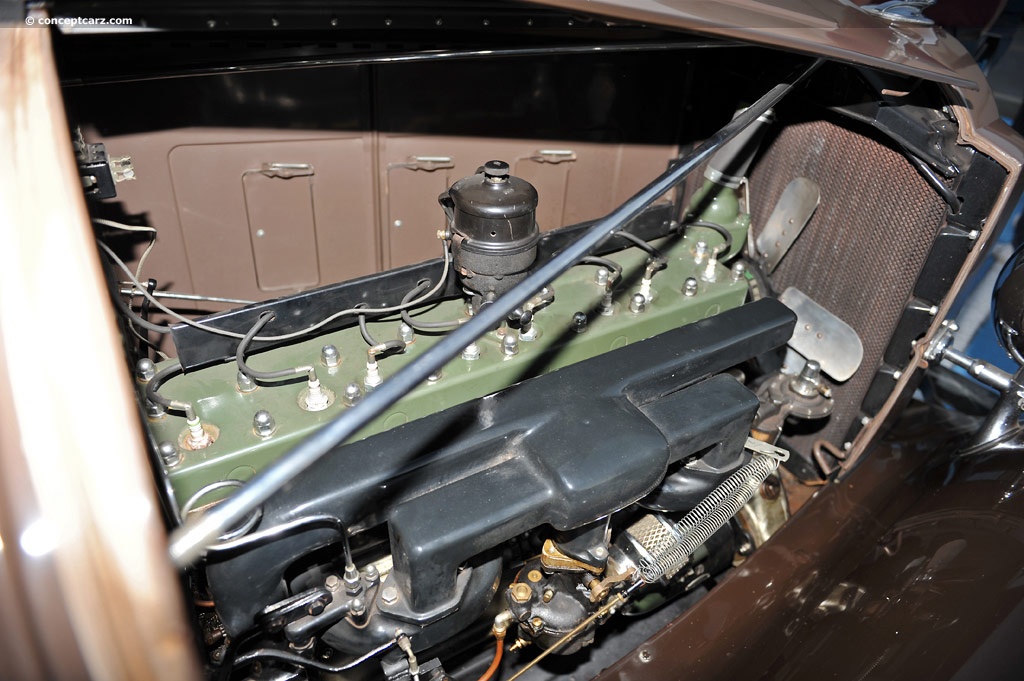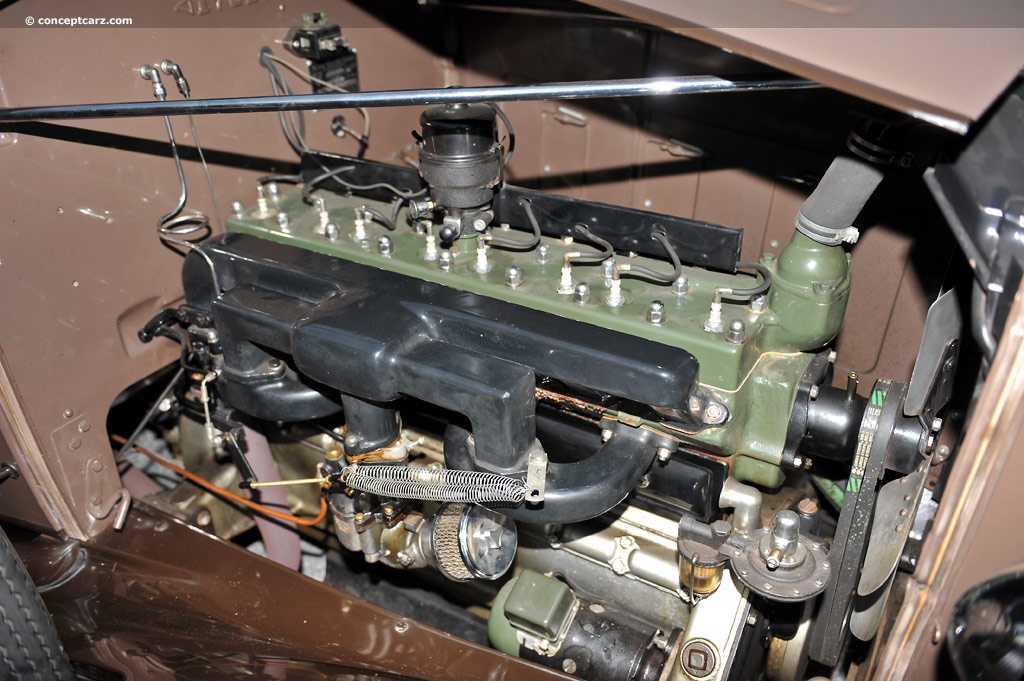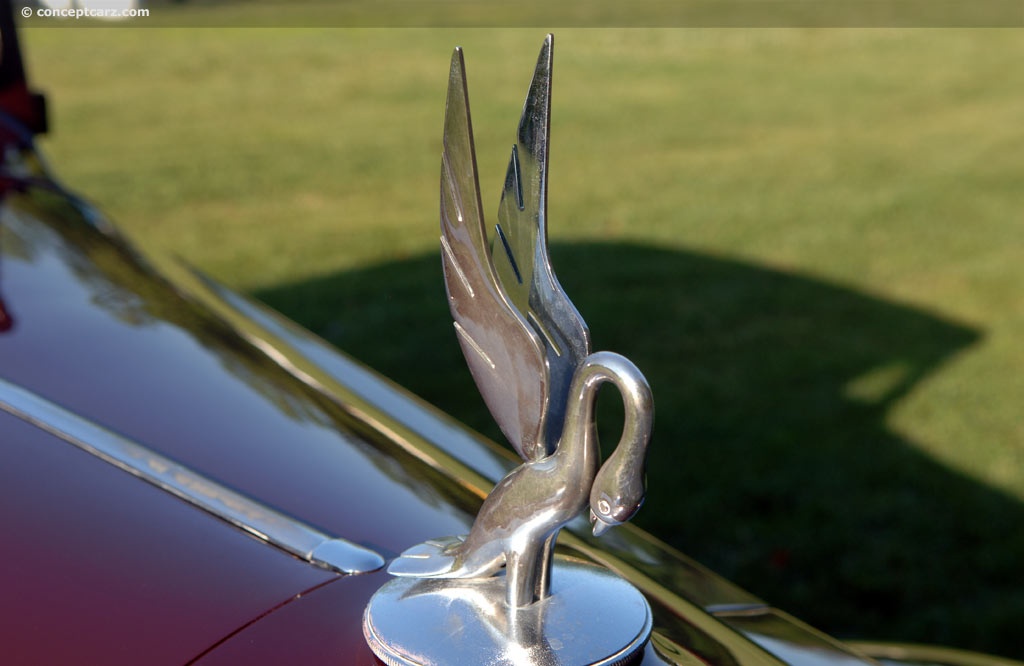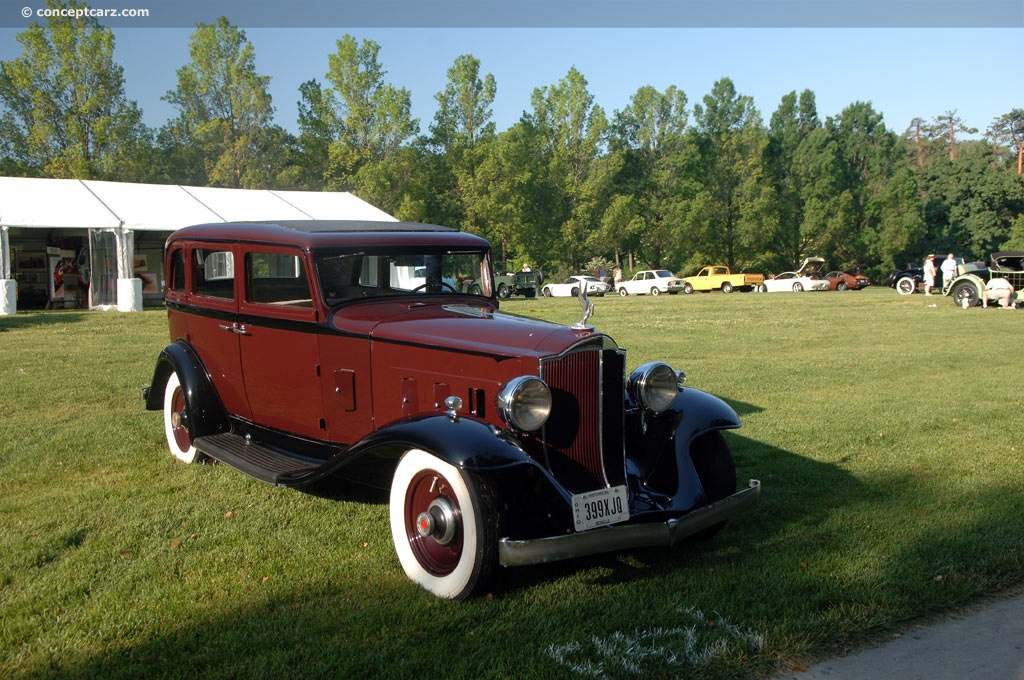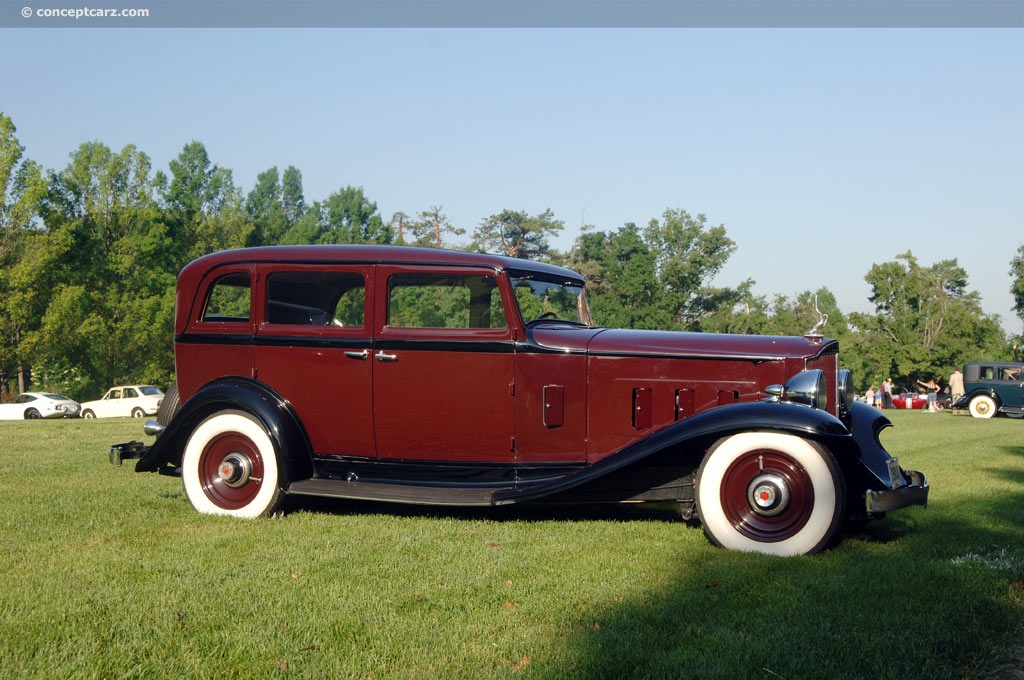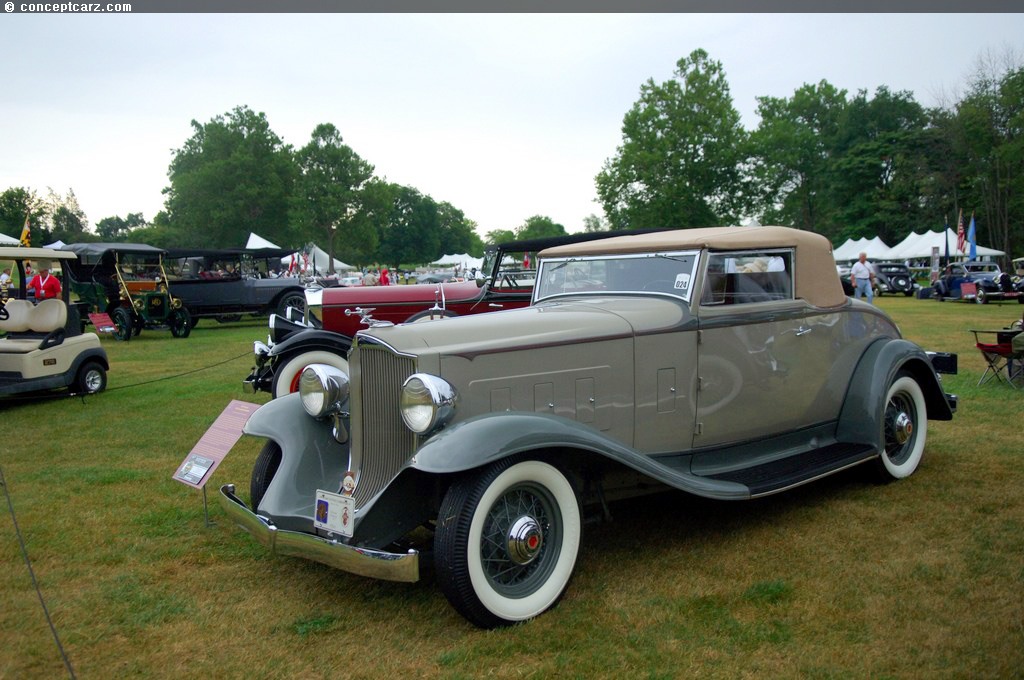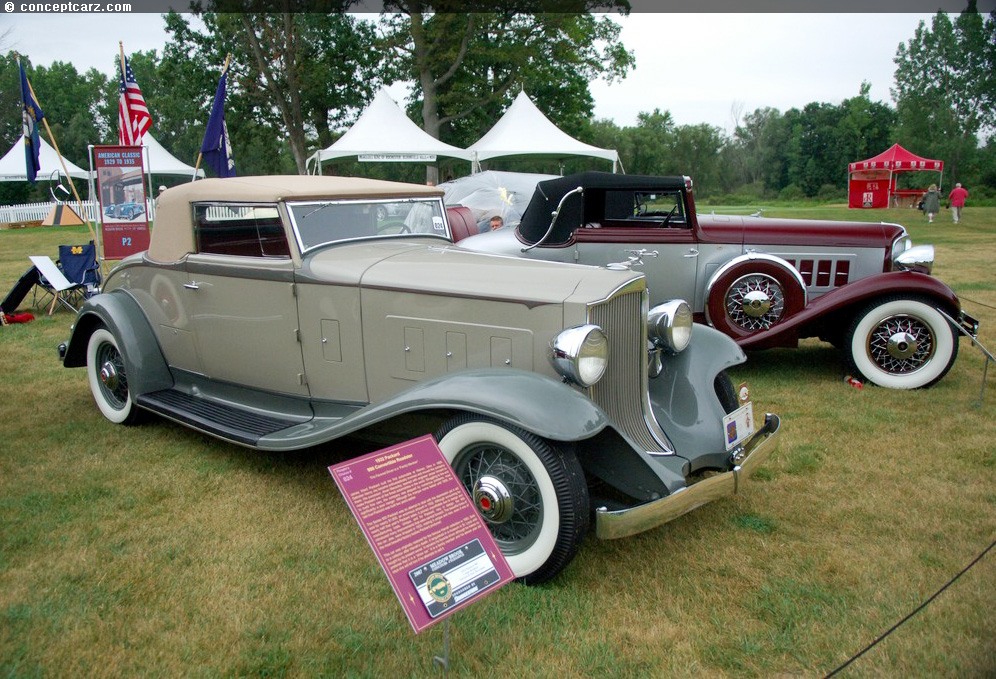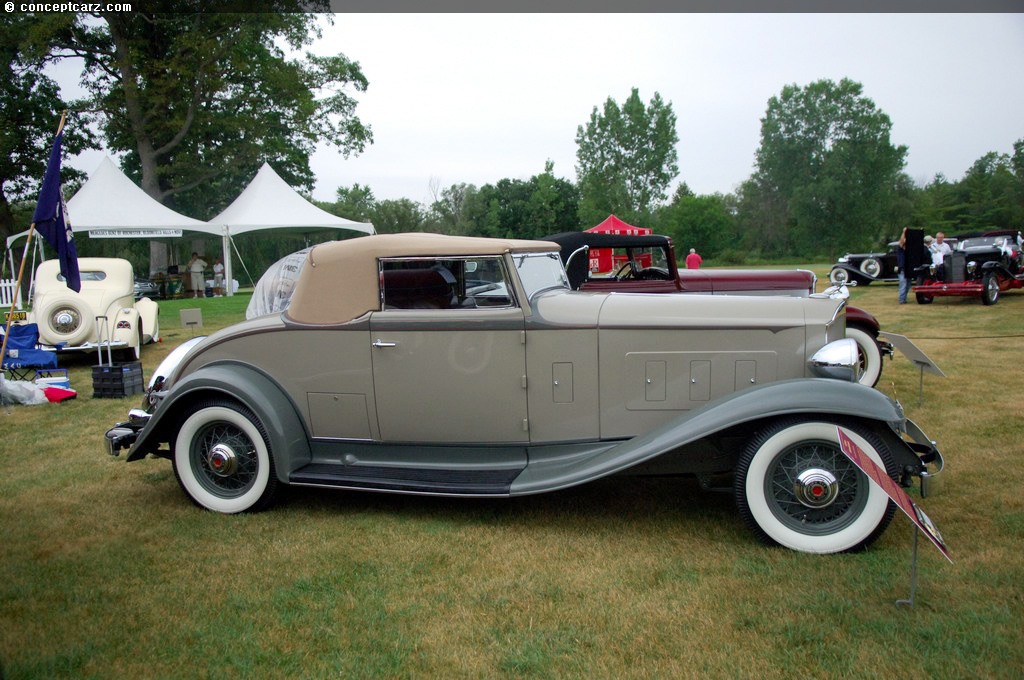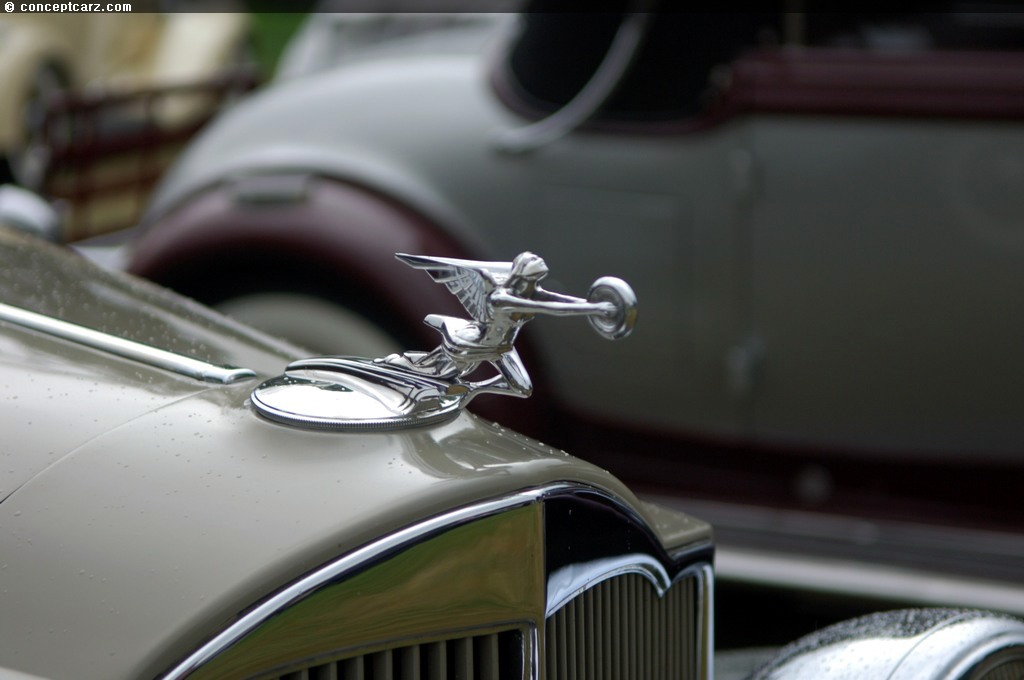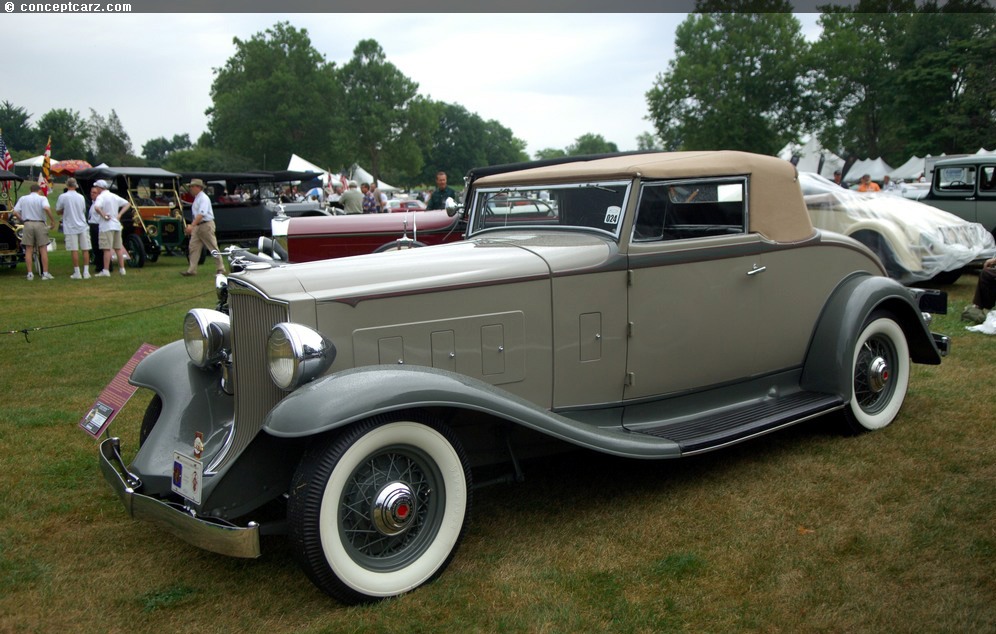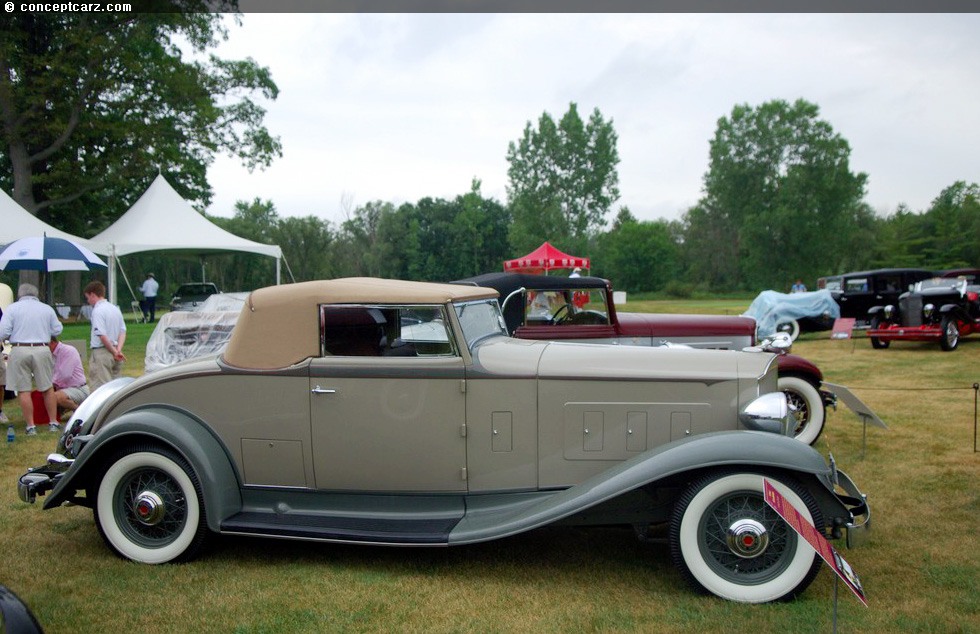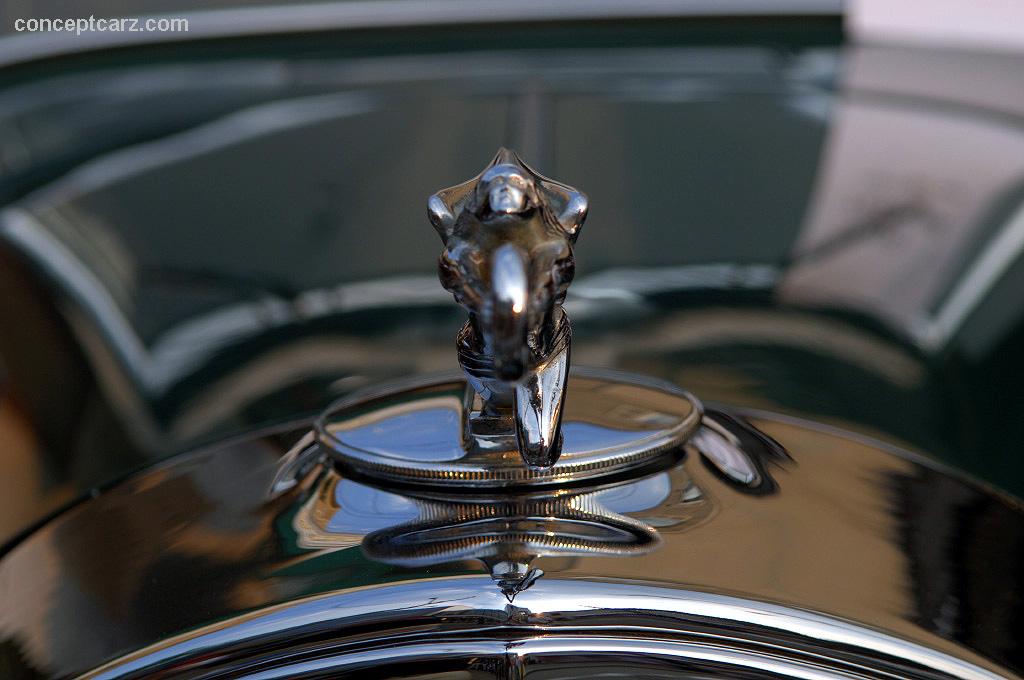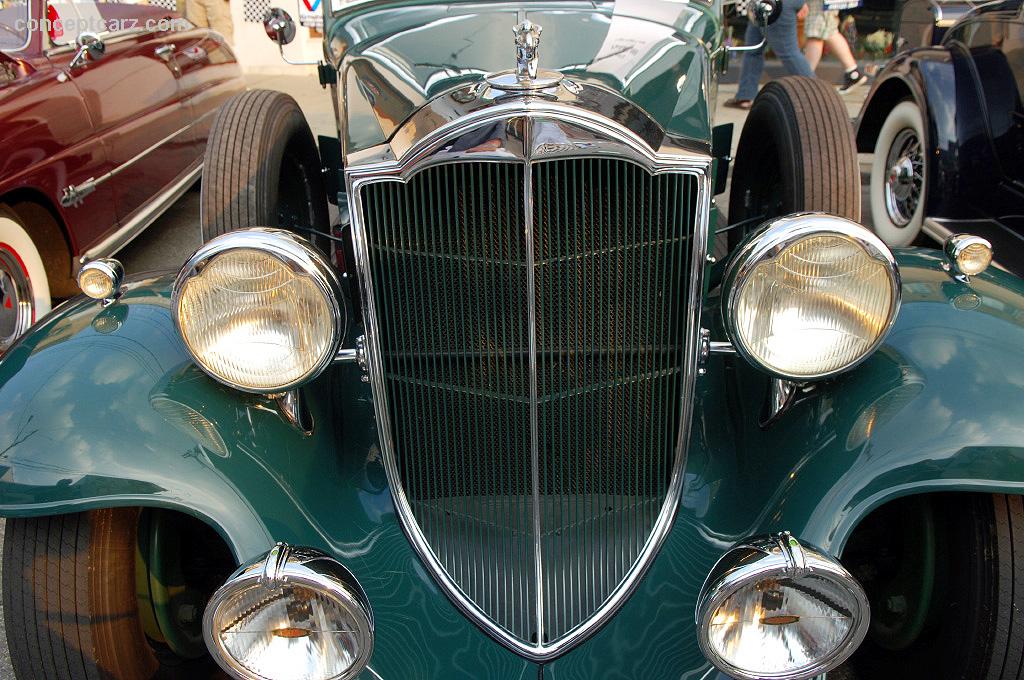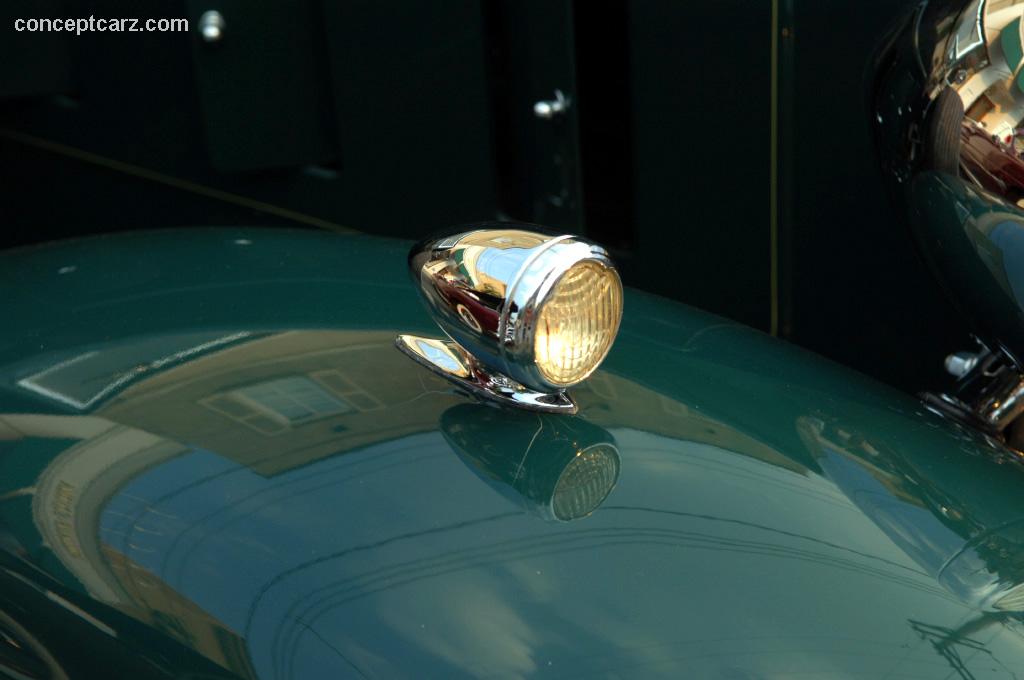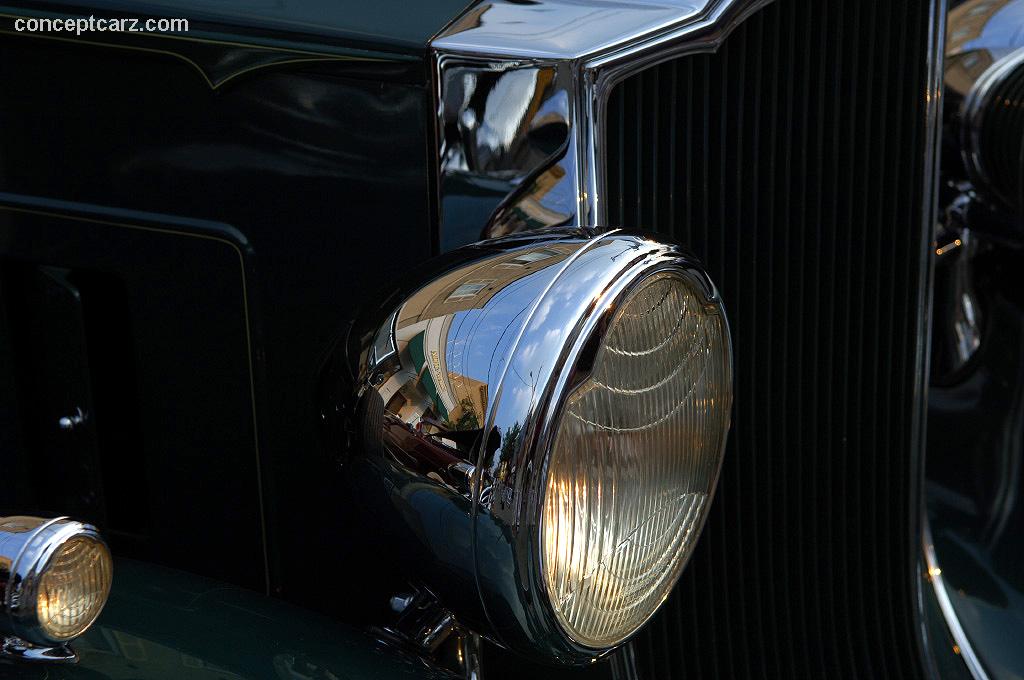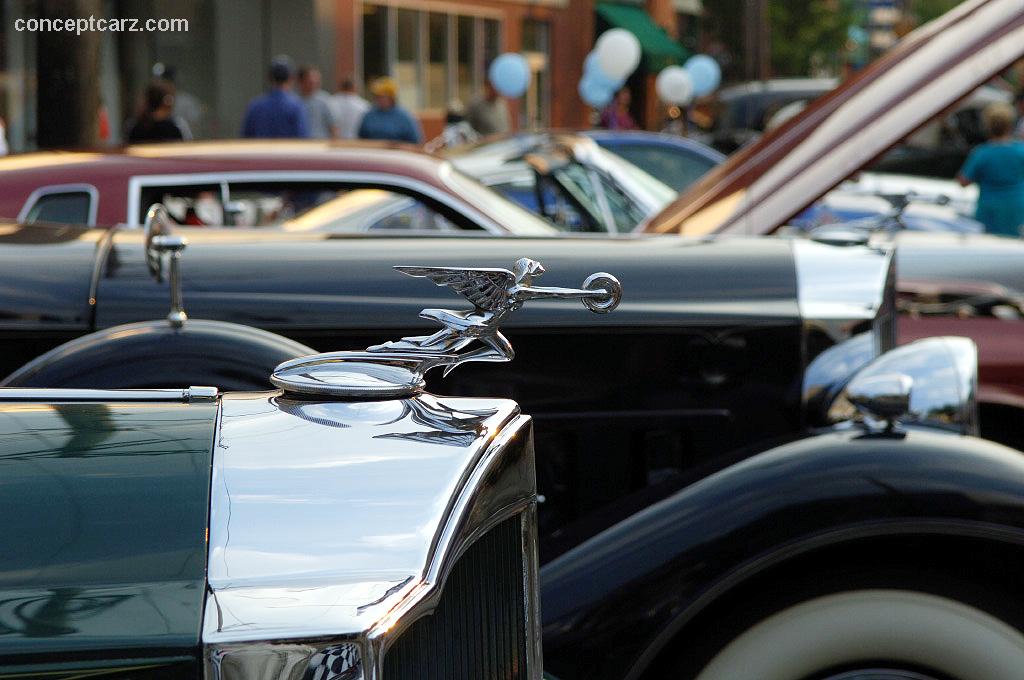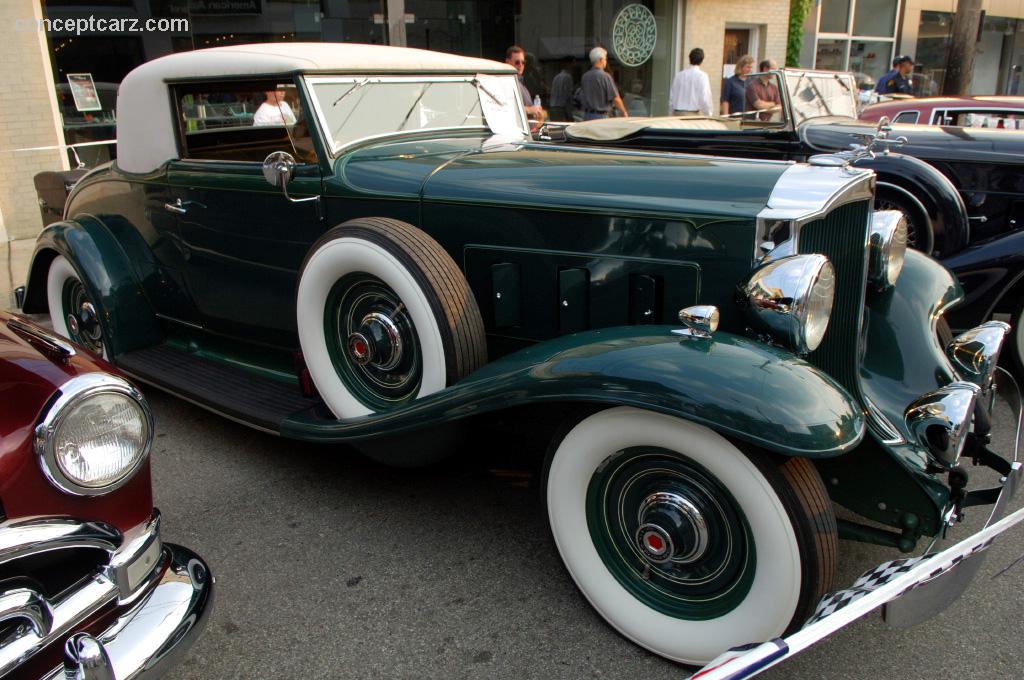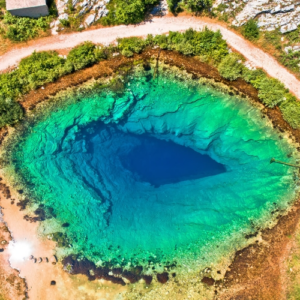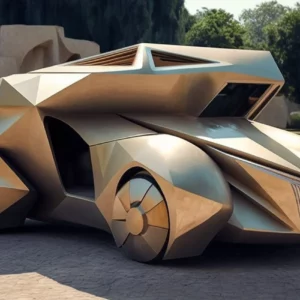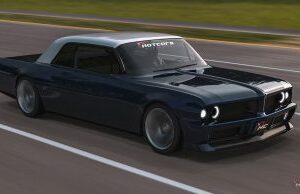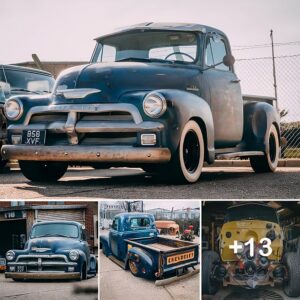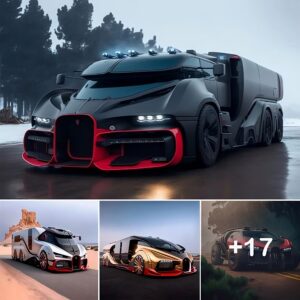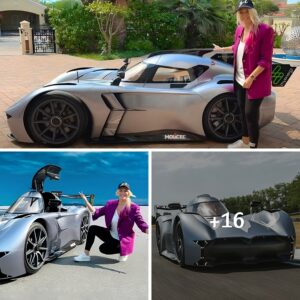The Light Eight was the first new production Packard since 1923, and an attempt to move downmarket in response to declining sales due to the Great Depression. At the same time, Packard moved even further upmarket with the re-introduction of the Packard twelve-cylinder Twin Six, built in response to Cadillac’s V16 and the escalating ‘cylinder wars’ throughout the luxury car segment. The twelve-cylinder Packard was the ‘halo’ vehicle while the Light Eight was intended as a lower-priced alternative to the Standard Eight. Packard introduced its first ‘Eight’ in 1924 and by the decade’s end was building eight-cylinder cars only.
The 900 Series Light Eight, nicknamed the Shovelnose for its unique scoop-shaped radiator grille, was built to compete with the likes of LaSalle. Packard claimed ‘We are offering a car that can be purchased out of income and not capital.’ Unfortunately, the Light Eight could not be produced cheaply enough to entice new customers, priced approximately 30 percent below the cheapest Standard Eight, and those established clients that did buy it often did so instead of purchasing one of Packard’s larger models. Thus, the Light Eight lasted a single season.
The Packard Light Eight was built atop a 127.75-inch wheelbase platform, approximately two inches shorter than its Standard Eight Series 901 Sibling and around fifteen inches shorter than the twelve-cylinder Packard. The Standard Eight was also offered on a 136.5-inch wheelbase (the Series 902), and the Twelve also had a 147.5-inch wheelbase (Series 904). The eight-cylinder engine powering the Light Eight was a 319.2 cubic-inch straight-8 with nine main bearings, solid valve lifters, a Packard carburetor, and 110 horsepower at 3,200 RPM. The same engine was used to power the Standard Eight. It had an advanced design and the work of Packard’s chief designer Werner Gubitz. It had a built-in thermostat, thus dispensing with the need for radiator shutters and a warm air heater for the carburetor intake. Its 110 horsepower output helped carry the 3,990-pound vehicle to a top speed of approximately 72 mph.
Light Eight body styles included a coupe roadster, coupe, sedan, and coupe sedan with factory base prices of $1,800. Prices initially began at $1,795, with the cost of the sedan rising to $1,895 and the other body styles to $1,940 during the model year.
The Light Eight was good in theory but failed in execution. It simply did not move far enough down market, as its price was still too high and too close to its Standard Eight sibling. The engine was the same as the Standard Eight, its wheelbase was only two inches shorter, and both shared many of the same standard features. Packard ultimately got the formula correct a few years later, in 1935, with the introduction of the One Twenty model, priced only slightly higher than a Chevrolet and powered by its own smaller eight-cylinder engine. It combined the elegance of the ‘Senior’ Packards with thoughtful standard features at an affordable price point.
The Light Eight styling wore a modern and graceful design with a distinctive ‘shovel nose’ with sides that flowed down and forward, meeting at a point at the bottom center. The fenders swept down to meet it in a front splash panel, negating the need for the conventional crossbar. The chassis was thoroughly reinforced and strengthened, resulting in the strongest Packard chassis to date. It was devoid of Bijur lubrication, and only grease fittings were needed and used. It had a new ride control system, an automatic clutch, vacuum-powered brakes, and an angleset differential. The Ride Control system employed driver-adjustable shock absorbers and simplified lubrication, and the three-speed transmission had full synchromesh and was virtually silent.
Factory options included a luggage rack, side-mount spare tires, a full rear bumper and fender park lights, a cigar lighter, right-hand taillight, and side-mount covers.
Introduced at the 1932 New York Auto Show, Packard built 6,750 examples of the Ninth Series Light Eight between January and December 1932. Approximately 1,000 of those were the Coupe Roadster. In comparison, Packard’s One Twenty model of 1935, priced in the low $1,000 range, had 24,995 examples built during its initial year of production. The success of Packard’s low-priced One Twenty inspired the creation of another low-priced model, the six-cylinder Packard Six with prices in the $800 to $900 range.

